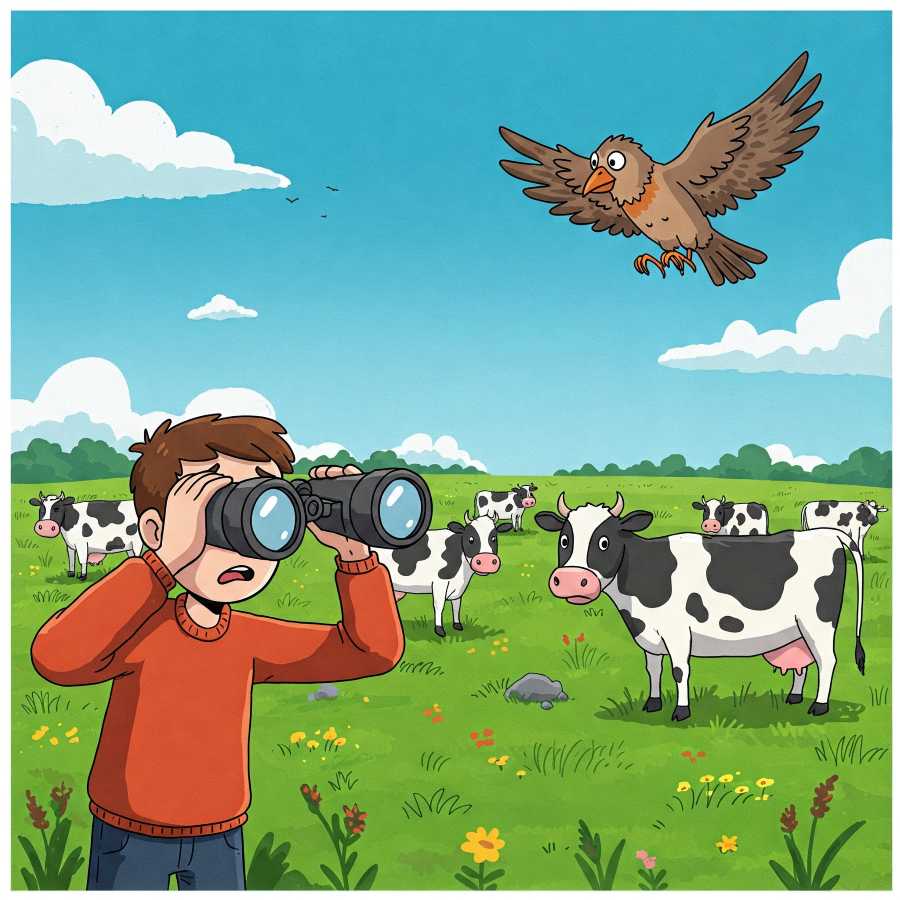Mexico Steps Up Avian Flu Monitoring as Virus Evolves
Avian flu (H5N1) risk is low in Mexico, but vigilance is key due to evolving virus. Experts urge monitoring, especially in farm workers and imported US cattle. Pasteurization of milk is crucial.

Concerns surrounding the H5N1 influenza virus, commonly known as avian influenza, are mounting as health authorities and industry stakeholders brace for a potentially significant year. While current public health risk remains low, experts emphasize the need for heightened vigilance as the virus demonstrates an increasing ability to cross species barriers, impacting both animal and potentially human health, with potential ramifications for food production and marketing.
Mauricio Rodríguez Álvarez, spokesperson for the University Research Program on Emerging Epidemiological Risks (PUIREE) at UNAM, underscored the evolving nature of the threat, stating, "We must be aware of the evolution of the phenomenon and continue to monitor it. In 2024, there were several significant changes regarding these viruses, and this year there will surely be more. This is not a situation of alarm, but rather one of vigilance."
The heightened alert follows developments in the United States, including a reported fatality in Louisiana on January 6 due to highly pathogenic avian influenza (HPAI), or H5N1. The 68-year-old patient, who had underlying health conditions, contracted the virus after exposure to backyard and wild birds, according to the Louisiana Department of Health.
While Mexico has not reported any human or animal cases of the disease, authorities are taking proactive measures. Rodríguez Álvarez explained that both human and animal health agencies, including the National Service for Agri-Food Health, Safety, and Quality, alongside stakeholders in the egg and chicken industries, are intensifying their surveillance efforts and issuing regular updates. Monitoring is also underway at key migratory bird arrival points from North America, given the current peak season.
Mexico has maintained a Sentinel Surveillance System since 2006 to track respiratory infections, including influenza viruses, coronaviruses, and other respiratory pathogens. This system provides a crucial baseline for detecting any unusual patterns or emerging threats.
Recent months have seen an uptick in influenza cases linked to this type of virus. In May 2024, Mexico reported a death from H5N2 influenza. Canada reported a severe H5N1 case in an adolescent in November, and the United States currently has 66 human cases and hundreds of animal cases attributed to these viruses.
Despite these developments, Rodríguez Álvarez emphasized that, "For now, the greatest risk is for people who work on farms or with potentially sick animals; it is not a generalized risk for the entire population." He further noted the critical point that "so far, no person-to-person transmission has been found, which is one of the characteristics most closely monitored."
The past year has witnessed notable shifts in the behavior of influenza viruses, particularly H5N1. The virus has undergone "significant modifications that have caused it to move from being relatively confined to wild birds or those used for meat and egg production to now be able to affect other animals, especially mammals," according to the UNAM expert.
The role of migratory birds in the spread and mutation of these viruses is well-documented. "Over several years, it has been documented that migratory birds also 'move' viruses from one region to another, causing them to mutate, adapt, and potentially infect other animals, whether wild, domestic, or captive," Rodríguez Álvarez stated.
A significant development in 2024 involved the virus's adaptation to infect dairy cows. "During 2024, a very important change was discovered that allowed the virus to adapt and infect dairy cows. Today, the United States is experiencing impacts on the dairy industry due to infections in dairy herds, which has led to changes in regulations to monitor the production of milk and its derivatives in that country," Rodríguez Álvarez explained.
California issued an emergency declaration in December due to H5N1 outbreaks on numerous farms, revealing that animals beyond cattle, such as cats, could be infected through unpasteurized milk or direct contact with sick cows. "This is where a different transmission has begun. It's an evolving situation; we are monitoring it and closely following the information generated in the United States and everything Mexico should do about it," the UNAM expert stressed.
The potential risk to human health from consuming unpasteurized milk from infected cows is a key concern. Rodríguez Álvarez urged the public to "consume only pasteurized milk and its derivatives and to avoid 'raw milk,' as it can transmit influenza and other infections such as tuberculosis and brucellosis, among others."
Given the current landscape, Rodríguez Álvarez advised farm workers to be particularly vigilant about any respiratory illnesses and to report any sick animals to the relevant authorities for investigation. "There may be H5N1, H5N2, or H7N3 viruses in poultry, but the most important thing is whether they belong to highly pathogenic subtypes. That's why virological surveillance is important, both in humans and animals," he emphasized.
Furthermore, he suggested that influenza vaccination should be considered for farm personnel and those working with animals, at a minimum ensuring they receive the seasonal vaccine due to observed cross-protection between different influenza virus types.
The interconnectedness of the agricultural sector, particularly along borders, also warrants attention. Rodríguez Álvarez pointed out that "dairy cattle from the United States should be monitored, as there is a significant exchange of cattle along the northern border from California, Arizona, and Texas, and cases of H5N1 influenza have been reported in these types of animals." This highlights the need for robust monitoring and potential preventative measures in cross-border animal trade.
As the H5N1 influenza virus continues to evolve and impact new animal populations, the emphasis on ongoing surveillance, proactive measures within the agricultural industry, and public health awareness remains paramount to mitigating potential risks. The situation underscores the interconnectedness of human and animal health and the importance of a coordinated global response to emerging infectious disease threats.




